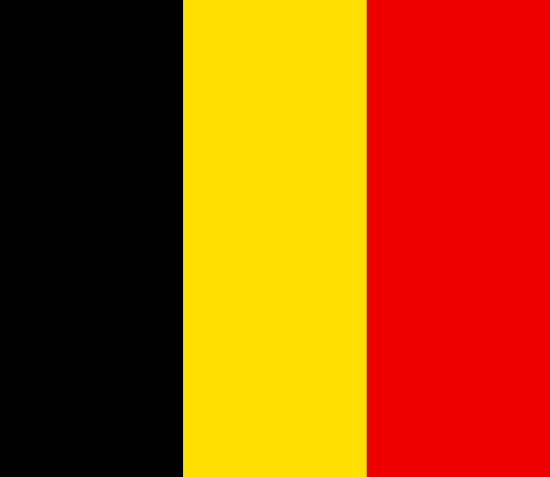De Haan, where the sea whispers sweet nothings to the shore.
About:
De Haan is a municipality located in the Belgian province of West Flanders. Founded in the early 20th century, it became known as a fashionable seaside resort, attracting luminaries like Albert Einstein in 1933. The town retains its low skyline, with a height limit on buildings to preserve its traditional architecture. Today, De Haan is a popular tourist destination, known for its Belle Époque architecture, tranquil atmosphere, and the 11km long sandy beach.
When to visit:
De Haan is a charming coastal town located in Belgium, known for its beautiful sandy beaches and picturesque surroundings. The most ideal time to visit De Haan for a holiday is during the summer months, from June to August, when the weather is warm and perfect for enjoying the beach and outdoor activities. The town comes alive with festivals, events, and outdoor markets during this time, offering a vibrant and lively atmosphere for visitors to experience. It is recommended to book accommodations in advance during the summer months as De Haan is a popular destination for tourists seeking a relaxing seaside getaway.
When to avoid:
De Haan, a charming coastal town in Belgium, experiences its least favorable travel conditions during the winter months of December to February. The region is known for its cold, windy, and damp weather during this time, making outdoor activities less enjoyable. Tourist attractions and businesses may have reduced operating hours or be closed altogether during the off-peak season. Travelers seeking a vibrant atmosphere and optimal weather conditions are advised to visit De Haan during the spring and summer months when the town comes alive with festivals, outdoor markets, and sunny beach days.
Winter Season (Dec-Feb)
In De Haan, Belgium, the coldest and wettest period is typically from October to March. Average temperatures hover around 3°C-8°C, with January being the coldest month. Rainfall is high, averaging 60-80mm per month, making it quite damp. Sunlight is limited, with only 2-3 hours of sunshine per day. The sky is often overcast, contributing to the chilly atmosphere. For a visitor, an average day would likely involve indoor activities or bracing walks along the windswept beaches, bundled up against the cold and frequent rain showers.
Summer (June-August)
In De Haan, Belgium, the warmest part of the year is from June to August, which is the summer season. During this time, the average high temperature ranges from 20°C to 22°C (68°F to 72°F). The rainfall is relatively lower compared to other seasons, averaging around 60mm per month.
In terms of sunlight, the summer days are long, with up to 16 hours of daylight at the peak of the season. Humidity is moderate, usually ranging from 60% to 80%, which can make the temperature feel slightly warmer than it actually is. Cloudiness varies, but generally, you can expect a mix of clear, partly cloudy, and overcast days.
For a visitor, a typical summer day in De Haan feels pleasantly warm, perfect for outdoor activities. The mornings usually start with a mild coolness, gradually warming up as the day progresses. Afternoons can be relatively hot but are often tempered by the cool sea breezes. Evenings are comfortably cool, making it ideal for leisurely walks along the beach. The moderate rainfall means there might be occasional showers, but they usually don't last long.
Language:
In De Haan, a municipality located in the Flemish region of Belgium, the most commonly spoken language is Dutch, as it is the official language of the region. However, due to its popularity as a tourist destination, languages such as French, English, and German can also be frequently heard.




